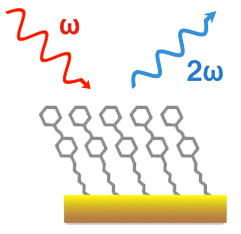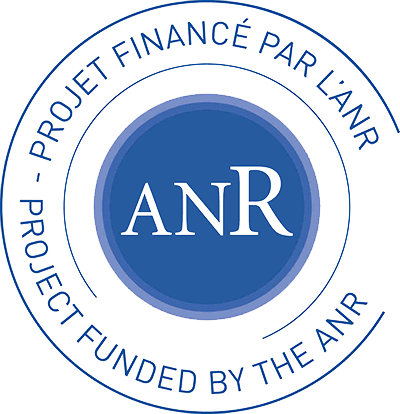Multidisciplinary
The PHONOM projet consists of three research groups from the Institute of Molecular Sciences.
High impact project
Extensive numerical simulations, and novel experimental approach will provide unprecedented information on SAMs.
Published work
Several scientific papers have already been published, and many others will be added.
About PHONOM

The design of responsive materials allowing remote and reversible commutation of their electronic, magnetic, or optical properties is one of the greatest challenges for the development of optoelectronic and photonic devices. In this context, organic photochromic compounds have been extensively studied and integrated into a variety of applications such as logic gates or high-density optical memories. However, most of optical devices rely on linear absorption spectroscopy both for writing/erasing and reading information onto the material, which often results in destructive readout processes, since the state of the photochromic molecules is easily altered upon irradiation. Exploiting the nonlinear optical (NLO) response of the molecules for the reading step, in particular the second harmonic generation (SHG), instead confers non-destructive readout ability to the devices, as it allows using near-infrared excitation wavelengths that avoid triggering uncontrolled photoconversions or side reactions.

The PHONOM project aims at designing self-assembled monolayers (SAMs) based on photoresponsive NLO switches, targeting primarily systems for applications in optical communication or data storage. The project relies on a multidisciplinary approach encompassing numerical simulations, molecular synthesis, surface engineering, and spectroscopic characterizations. SAMs incorporating azobenzene (AZO) derivatives, as well as visible light-triggered Donor–Acceptor Stenhouse Adducts (DASAs) will first be elaborated. In a second step, the PHONOM project will address the challenge of multi-encoding by elaborating SAMs mixing these two types of photoswitches, which can be independently (orthogonally) controlled by irradiation with different wavelengths. In addition to surfaces made of homogeneously distributed AZO and DASAs molecules, patterned surfaces based on domains exclusively composed of one type of NLO switches will also be designed by microcontact printing, in order to assess the spatial selectivity in the spectral addressability of the devices.

The project is organized in three work packages implying three teams of the Institute of Molecular Sciences, which possess complementary skills for fulfilling the project objectives. As a major outcome of the project, the experimental proof of concept for orthogonally commutable NLO 2D materials will be provided, which may lead in the short term to the fabrication of new prototypes of photonic devices. Other important outputs of the project will consist in the development of new computational methods and experimental setups allowing the complete in situ characterization of functionalized surfaces.



